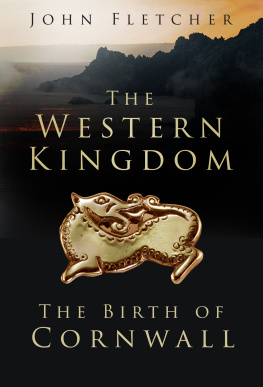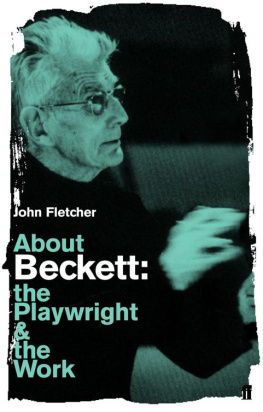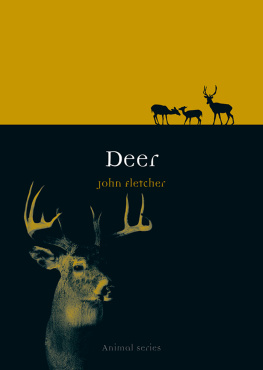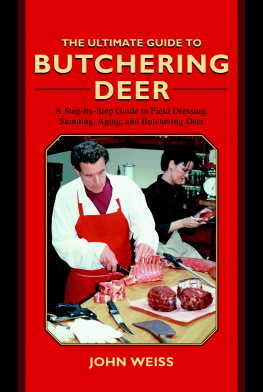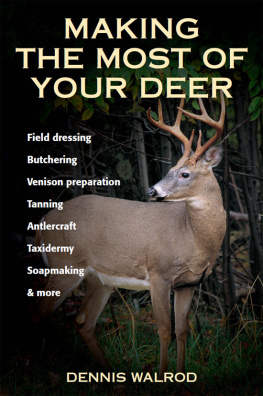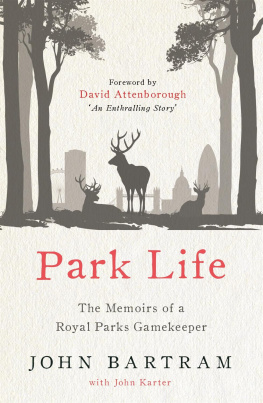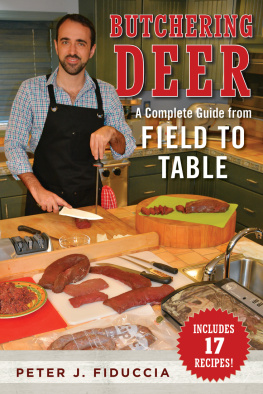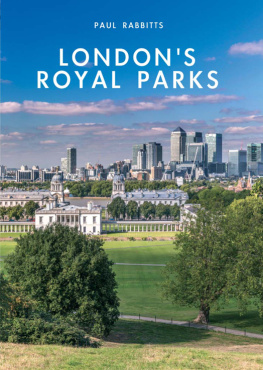John Fletcher - Gardens of Earthly Delight: The History of Deer Parks
Here you can read online John Fletcher - Gardens of Earthly Delight: The History of Deer Parks full text of the book (entire story) in english for free. Download pdf and epub, get meaning, cover and reviews about this ebook. year: 2011, publisher: Windgather Press, genre: Religion. Description of the work, (preface) as well as reviews are available. Best literature library LitArk.com created for fans of good reading and offers a wide selection of genres:
Romance novel
Science fiction
Adventure
Detective
Science
History
Home and family
Prose
Art
Politics
Computer
Non-fiction
Religion
Business
Children
Humor
Choose a favorite category and find really read worthwhile books. Enjoy immersion in the world of imagination, feel the emotions of the characters or learn something new for yourself, make an fascinating discovery.

- Book:Gardens of Earthly Delight: The History of Deer Parks
- Author:
- Publisher:Windgather Press
- Genre:
- Year:2011
- Rating:4 / 5
- Favourites:Add to favourites
- Your mark:
Gardens of Earthly Delight: The History of Deer Parks: summary, description and annotation
We offer to read an annotation, description, summary or preface (depends on what the author of the book "Gardens of Earthly Delight: The History of Deer Parks" wrote himself). If you haven't found the necessary information about the book — write in the comments, we will try to find it.
He ranges from meat sharing amongst chimpanzees to the symbolism of venison as the elite product of hunting, ensconced within seven centuries of the English Royal Warrant, through the 300 year long prohibition on its sale within England and the continuing illegality of selling hunted venison within the USA, the aristocratic pursuit of park breaking, and the imposition of the Black Act. He stresses the cross-cultural importance of rulers being seen to hunt, compares ancient Chinese parks, the colossal Asian ring hunts, and the water hunts of Germany as expressions of mans urge to contain deer.
Within Britain, which has for a thousand years held more deer parks than any other part of the world, he describes how deer were fed, transported, enclosed, captured, castrated and housed, and how they were hunted in the confines of parks. The recent theory as to the use of trenches for handling deer in medieval Scotland is explored. The international symbolism of white deer, collared deer and enclosed deer is discussed. Recently, parks provided deer for English carted hunts and Scottish sporting estates; now we recognise their ecological and recreational value. We learn how parklands may be our spiritual home - the environment in which we are most content - and that parks have always been, in a fashion, designed landscapes.
Table of Contents
1. Carving out the meat: beyond deep history the manipulative cunning of apes
2. Deep history and why hunting matters
3. Our natural habitat: glades, groves and parkland
4. Elricks and kites, hayes and ha-has
5. Paradeisos and classical hunting parks
6. East of Eden: Chinese parks and the Sons of Heaven
7. Xanadu and the nomads
8. Flowers of the high medieval: how fallow deer came to Britain from the paradise gardens, the Arabic origins of ornamental landscape, and flirtation
9. Beautiful and tame: why we chose fallow
10. How the deer were hunted in the parks: coursing, and venery
11. Noli me tangere le cerf priv in paradise
12. Parks in contention: Forest Law, park breaking and poaching
13. The parkers duties: pales, salters and trenches, browse, grease and fence months
14. Ornament: antithesis of utility, bedfellow of status Tudor parks and beyond
15. The Restoration and landscape: from ashes to avenues; purgatory to paradise
16. The Black Act: expulsion from Paradise beyond the pale
17. Giving it away: venison as conspicuous consumption, a gift beyond price
18. Against the odds carted stags and show hunts: British and German attitudes to containing deer for sport
19. Castles for deer: from hunting to husbandry
20. Mounting heads: trophies, monarchs and dictators
21. Ecological oases, urban lungs, and venison farms
Terminology of deer and trees
John Fletcher: author's other books
Who wrote Gardens of Earthly Delight: The History of Deer Parks? Find out the surname, the name of the author of the book and a list of all author's works by series.

